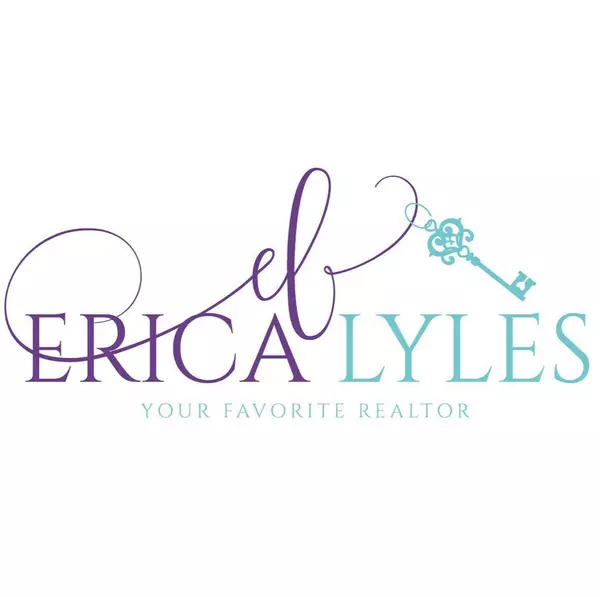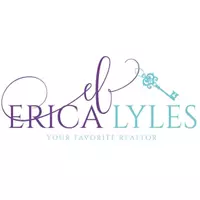Renovation Loans: Build Value, Build Wealth!
When it comes to buying or selling a property, understanding the various financing options available can make a significant difference in the process. One such option that both buyers and sellers should be aware of is renovation loans. These loans can be particularly beneficial in transactions involving older homes that may need some work or even new construction projects that require additional funding for completion.
For Buyers:
As a buyer, you might come across properties that are priced attractively but need some repairs or updates. This is where renovation loans come into play. There are several types of renovation loans available, including FHA 203(k) loans, Fannie Mae’s HomeStyle Renovation loans, and VA Renovation loans for veterans. Each of these has its own set of requirements and benefits.
The FHA 203(k) loan, for example, allows buyers to finance both the purchase price of the home and the cost of renovations through a single mortgage. This can be particularly advantageous because it simplifies the financing process and often comes with lower down payment requirements compared to traditional mortgages. Additionally, these loans can cover a wide range of improvements, from minor cosmetic changes to major structural repairs.
Fannie Mae’s HomeStyle Renovation loan offers similar benefits but with more flexibility in terms of eligible properties and types of renovations. This loan is ideal for buyers looking to purchase a fixer-upper in a desirable neighborhood or those who want to customize a home to their specific tastes and needs.
VA Renovation loans cater specifically to veterans and active-duty military personnel, allowing them to roll the costs of repairs and upgrades into their mortgage. This can be an excellent way for veterans to take advantage of lower interest rates and favorable loan terms while also ensuring their new home meets their standards.
For Sellers:
Sellers can also benefit from understanding renovation loans as they prepare their homes for sale. By making necessary repairs or updates before listing, sellers can increase their property’s market value and appeal to a broader range of potential buyers. In some cases, sellers might even consider offering incentives such as covering closing costs or providing credits towards renovations, which can make their property more attractive to buyers considering renovation loans.
Moreover, having knowledge about these financing options allows sellers to market their homes more effectively. Highlighting the availability of renovation loans in your listing description can attract buyers who might otherwise overlook a property needing work. This approach not only broadens your pool of potential buyers but also helps you sell your home faster and potentially at a higher price.
New Construction:
Renovation loans aren’t just for older homes; they can also be used for new construction projects that require additional funds beyond the initial budget. For instance, if you’re building a new home but want to include high-end finishes or custom features that exceed your original financing plan, a renovation loan can provide the extra capital needed to complete your dream home.
In conclusion, whether you’re buying an older home in need of updates, selling a property that could use some improvements, or building new construction with custom features, understanding different types of renovation loans can significantly enhance your real estate experience. By leveraging these financial tools, you can navigate the complexities of property transactions more effectively and achieve better outcomes in today’s competitive market.
Categories
Recent Posts










